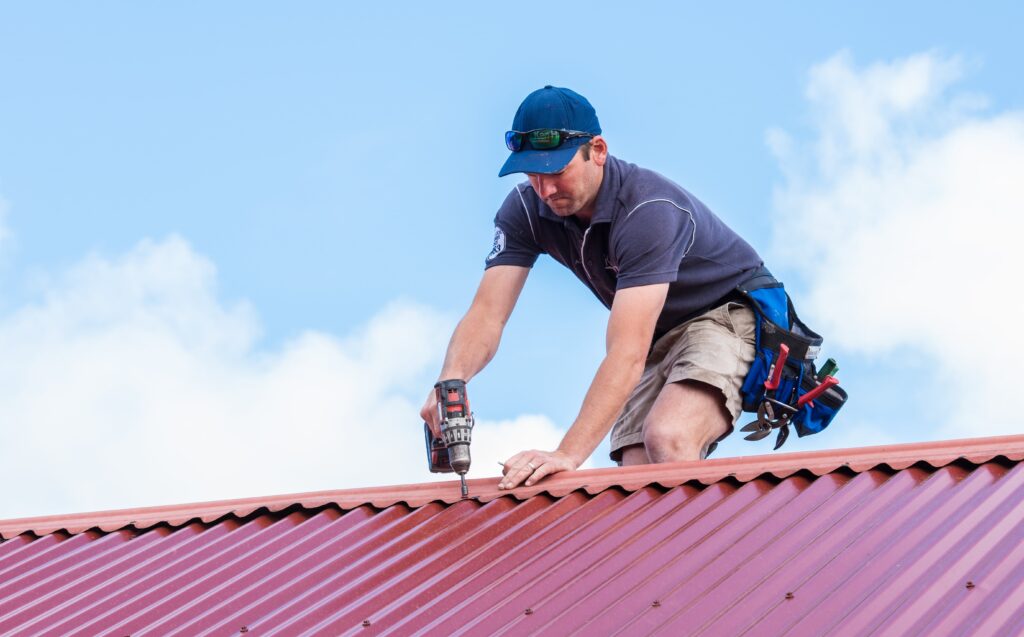Thatched Roofs:
Thatched roofs are valued for their distinctive charm and impressive natural insulating properties. However, unexpected issues can arise when modern homeowners try to boost energy efficiency by adding cellulose insulation. Cellulose, made primarily from recycled paper treated with fire-retardant chemicals, is generally considered eco-friendly and effective, but combining it with traditional thatched roofing brings unique challenges.
Moisture Retention and Damp Issues
A significant concern with cellulose insulation is its ability to absorb and hold onto moisture. When installed incorrectly in a thatched roof system—particularly without adequate ventilation or vapour control—it can result in:
- Condensation within the roof structure
- Mould growth and musty odours
- Decay of timber framing
Unlike synthetic insulation, cellulose can absorb water like a sponge. In a thatched roof, which is already porous and prone to moisture ingress, this can lead to rot and internal damp patches. Moisture control membranes must be installed appropriately to mitigate this issue.
Settlement and Compression Over Time
Cellulose insulation tends to settle over time, meaning it can lose effectiveness if not installed correctly. This problem can be amplified in sloped or uneven spaces, such as those in thatched roofs.
When cellulose compresses or shifts due to gravity or roof movement, it can leave gaps or voids in insulation coverage. These unprotected areas become cold bridges, leading to energy inefficiency and inconsistent room temperatures.
Increased Fire Risk with Poor Application
While cellulose insulation is treated with fire-retardant chemicals, it remains a paper-based material at its core. Cellulose use must be cautiously approached in traditional thatched properties, which are already classified as having high fire risk.
Improper installation (e.g., leaving gaps near heat sources, chimneys, or electrical wiring) may compromise safety. The risks include:
- Ignition from embers entering the roof space
- Hidden smouldering due to electrical faults
Rodent and Pest Attraction
Cellulose, a fibrous organic material, can attract rodents and insects if not properly sealed. Thatched roofs are already prone to wildlife intrusion—birds, mice, and insects often find shelter in the crevices.
When cellulose insulation is loosely installed or unprotected, pests may:
- Nest within the insulation material
- Chew or damage it
- Create tunnels that reduce thermal efficiency
Homeowners should combine cellulose insulation with rodent-proofing strategies, such as mesh barriers and sealed entry points, especially in rural or woodland areas.

Ventilation Challenges
Thatched roofs rely heavily on natural breathability, which helps regulate moisture and air temperature within the building. However, adding modern insulation, especially cellulose, can restrict airflow if not designed correctly.
Blocked airflow may cause:
- Condensation on rafters and insulation
- Trapped heat in summer, increasing interior temperatures
To avoid these ventilation problems, an expert should design the insulation layout, incorporating breather membranes, ridge vents, or eaves ventilation gaps to maintain airflow without compromising thermal efficiency.
Difficulties During Repairs or Thatch Replacement
Another often overlooked problem is how cellulose insulation affects future maintenance. However, cellulose, especially if densely packed, can make the process messy and complicated.
Contractors may struggle to:
- Remove old cellulose without damaging other structures
- Avoid contamination of new thatching materials
Planning insulation with modular access panels or using removable insulation trays can help make future maintenance easier.
Compatibility Issues with Traditional Materials
Many thatched cottages and buildings are listed properties or constructed with natural, breathable materials. Introducing cellulose—especially when dense-packed or mixed with synthetic barriers—can interfere with the natural performance of the building envelope.
Common consequences include:
- Retained moisture within lime plaster or lath-and-plaster ceilings
- Peeling finishes due to changing humidity levels
- Poor indoor air quality
Any modern insulation in a traditional roof must be compatible with the existing breathable systems. Vapour-permeable membranes and heritage-safe techniques are recommended.
Installation Errors from Inexperienced Contractors
Finally, many cellulose insulation issues arise simply from improper installation. Thatched roofs are not like tiled or slate roofs—they require an understanding of traditional methods and modern performance standards.
Common errors include:
- Overpacking insulation, leading to ceiling bulges
- Leaving air gaps at the wrong locations
- Blocking ventilation accidentally
Conclusion: Balance Tradition with Modern Efficiency:
While cellulose insulation is eco-friendly and widely used in modern homes, it presents unique challenges when used in thatched roofs. From moisture control and ventilation to fire safety and pest resistance, several factors must be carefully managed to ensure the insulation performs well without damaging the structure’s integrity.
If you own or are renovating a thatched property, always consult specialists who understand cellulose’s technical demands and thatch’s historic character. With the right approach and a professional company like Positive Roofing, you can enjoy the charm of traditional architecture alongside the benefits of modern thermal comfort.







